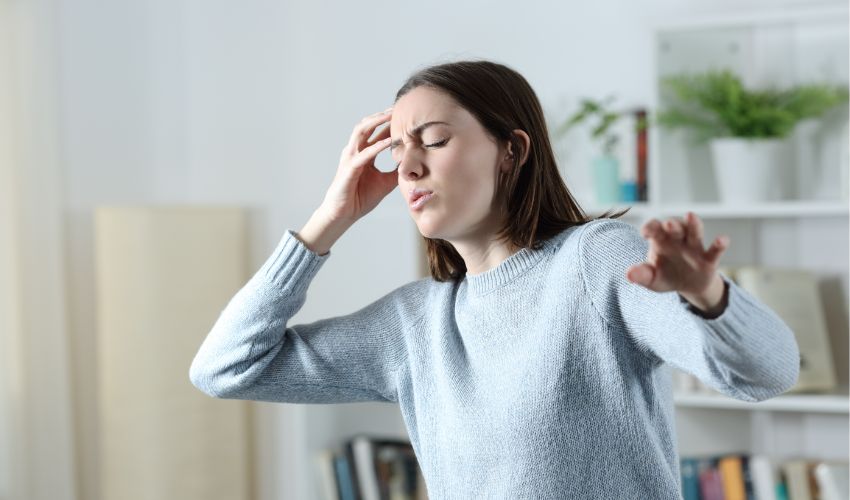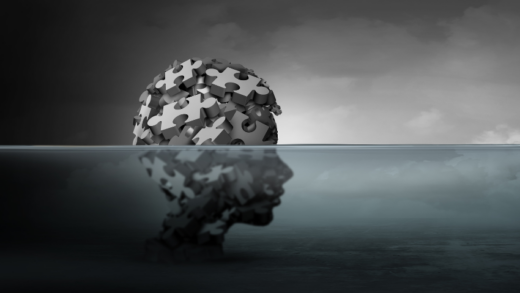Maintaining balance is crucial for performing everyday activities, such as walking, standing, and sitting. However, when balance problems arise, they can cause significant discomfort and difficulty in daily life. Balance problems can affect anyone, regardless of age or gender, and can be caused by various factors, such as neurological disorders, inner ear problems, and medications. In this article, we will delve into the symptoms, causes, and treatment options for balance problems, as well as provide tips for coping with this common condition.
What Are Balance Problems?
Balance problems refer to a condition where an individual experiences difficulty in maintaining balance. This can result in a feeling of unsteadiness, dizziness, or even falling. Balance is maintained through a complex system involving the brain, inner ear, and sensory organs, and any disruption in this system can cause balance problems.

Symptoms of Balance Problems
The symptoms of balance problems can vary depending on the underlying cause. Some common symptoms include:
- Dizziness and lightheadedness
- Vertigo (a sensation of spinning)
- Unsteadiness or loss of balance
- Falling
These symptoms can be mild or severe, and can occur suddenly or gradually over time.
Causes of Balance Problems
There are various factors that can cause balance problems, including:
- Neurological disorders, such as Parkinson’s disease, multiple sclerosis, and stroke
- Inner ear problems, such as Meniere’s disease and benign paroxysmal positional vertigo (BPPV)
- Medications that cause dizziness or affect the nervous system
- Aging, which can cause changes in the inner ear and brain
Types of Balance Problems
There are two main types of balance problems: peripheral vestibular disorders and central vestibular disorders. Peripheral vestibular disorders affect the inner ear and include conditions such as BPPV and Meniere’s disease. Central vestibular disorders affect the brain and include conditions such as stroke and Parkinson’s disease.
Diagnosing Balance Problems
Diagnosing balance problems involves a thorough medical history and physical exam, as well as balance tests and imaging tests. These tests can help determine the underlying cause of the balance problems.

Treatment Options for Balance Problems
Treatment options for balance problems depend on the underlying cause. Some common treatment options include:
- Medications to treat underlying conditions or to control symptoms such as dizziness
- Physical therapy to improve balance, coordination, and muscle strength
- Surgery for severe cases or when other treatments have not been effective
Coping with Balance Problems
Coping with balance problems can be challenging, but there are various strategies that can help. Some of these strategies include:
- Lifestyle changes, such as regular exercise, healthy eating, and avoiding medications that cause dizziness
- Home safety tips, such as removing hazards and installing grab bars and handrails
- Seeking support from family, friends, or support groups
Overall, balance problems can be a complex condition to manage, but with the right diagnosis and treatment, individuals can improve their quality of life and prevent falls and other complications.
Bullet Points:
- Balance problems can cause dizziness, vertigo, unsteadiness, and falling.
- Neurological disorders, inner ear problems, medications, and aging can cause balance problems.
- Peripheral and central vestibular disorders are the two types of balance problems.
- Medical history, physical exam, balance tests, and imaging tests are used to diagnose balance problems.
- Treatment options for balance problems include medications, physical therapy, and surgery.
- Lifestyle changes and home safety tips can help cope with balance problems.
FAQs:
Can balance problems be prevented?
Some balance problems can be prevented by avoiding medications that cause dizziness or by maintaining a healthy lifestyle.
How long do balance problems last?
The duration of balance problems depends on the underlying cause. Some may resolve on their own, while others may require treatment.
Can physical therapy help with balance problems?
Yes, physical therapy can improve balance and prevent falls by targeting specific muscle groups and improving coordination.
Are balance problems a normal part of aging?
Balance problems are more common in older adults, but they are not a normal part of aging. They can be caused by various factors, such as medications and underlying medical conditions.
Can stress cause balance problems?
Yes, stress can cause balance problems by affecting the body’s hormonal and nervous systems.
Conclusion:
Balance problems can be a challenging condition to cope with, but with the right diagnosis and treatment, they can be managed effectively. Identifying the underlying cause of balance problems is crucial for determining the appropriate treatment options. By following lifestyle changes, such as exercise, healthy eating, and avoiding medications that cause dizziness, individuals can prevent balance problems from occurring or worsening. In addition, seeking support from family, friends, or support groups can provide emotional and practical support during this difficult time. Remember, balance problems are treatable, and with the right care, individuals can improve their quality of life.






















